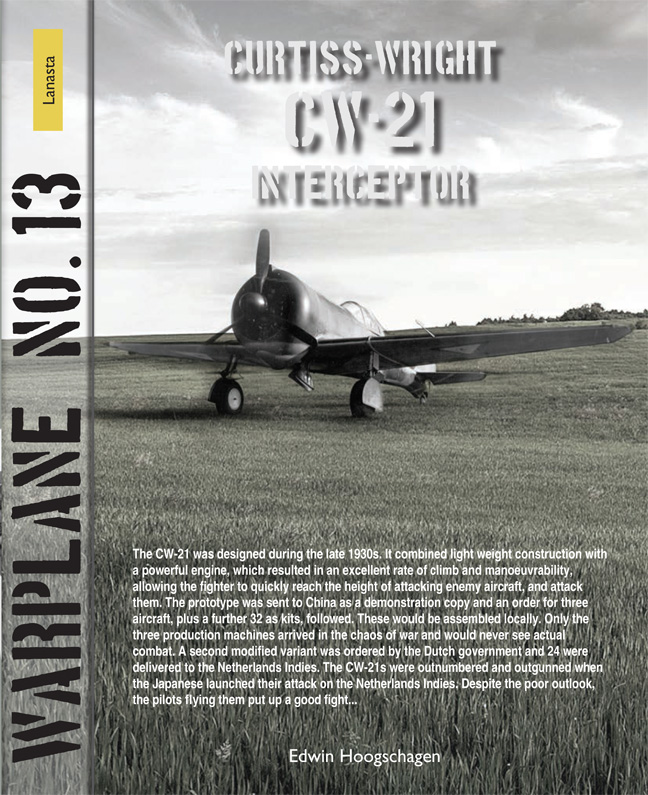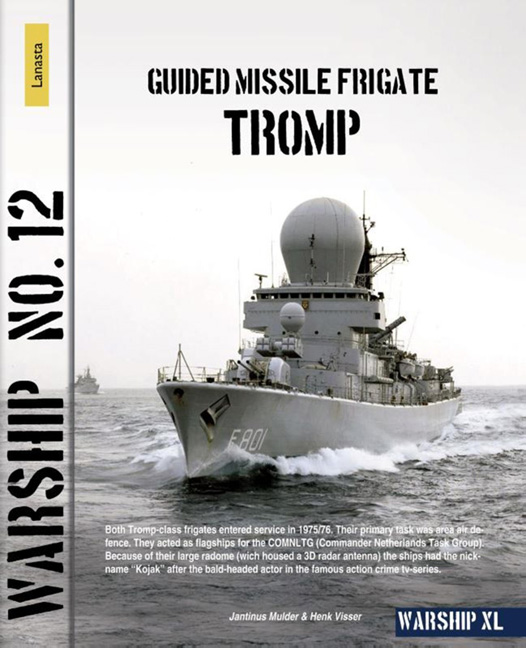Refine search
Actions for selected content:
15401 results in Military history
Select Bibliography
-
- Book:
- The Campaign and Battle of Manzikert, 1071
- Published by:
- Amsterdam University Press
- Published online:
- 08 May 2024
- Print publication:
- 31 March 2024, pp 193-198
-
- Chapter
- Export citation
Chapter 3 - Christian and Muslim Sources for the Battle of Manzikert: Making Sense of Numbers and Local Topography
-
- Book:
- The Campaign and Battle of Manzikert, 1071
- Published by:
- Amsterdam University Press
- Published online:
- 08 May 2024
- Print publication:
- 31 March 2024, pp 63-80
-
- Chapter
- Export citation
Chapter 7 - The Aftermath of the Battle of Manzikert
-
- Book:
- The Campaign and Battle of Manzikert, 1071
- Published by:
- Amsterdam University Press
- Published online:
- 08 May 2024
- Print publication:
- 31 March 2024, pp 165-176
-
- Chapter
- Export citation
List of Illustrations
-
- Book:
- The Campaign and Battle of Manzikert, 1071
- Published by:
- Amsterdam University Press
- Published online:
- 08 May 2024
- Print publication:
- 31 March 2024, pp viii-viii
-
- Chapter
- Export citation
Contents
-
- Book:
- The Campaign and Battle of Manzikert, 1071
- Published by:
- Amsterdam University Press
- Published online:
- 08 May 2024
- Print publication:
- 31 March 2024, pp vii-vii
-
- Chapter
- Export citation
Chapter 2 - Christian and Muslim Sources for the Battle of Manzikert: Making Sense of the “Battle-Piece"
-
- Book:
- The Campaign and Battle of Manzikert, 1071
- Published by:
- Amsterdam University Press
- Published online:
- 08 May 2024
- Print publication:
- 31 March 2024, pp 23-62
-
- Chapter
- Export citation
Chapter 5 - The Prelude to the Battle of Manzikert
-
- Book:
- The Campaign and Battle of Manzikert, 1071
- Published by:
- Amsterdam University Press
- Published online:
- 08 May 2024
- Print publication:
- 31 March 2024, pp 111-132
-
- Chapter
- Export citation
Index
-
- Book:
- The Campaign and Battle of Manzikert, 1071
- Published by:
- Amsterdam University Press
- Published online:
- 08 May 2024
- Print publication:
- 31 March 2024, pp 199-201
-
- Chapter
- Export citation
Chapter 1 - Christian and Muslim Sources for the Battle of Manzikert: Making Sense of the Professional and Cultural Milieu
-
- Book:
- The Campaign and Battle of Manzikert, 1071
- Published by:
- Amsterdam University Press
- Published online:
- 08 May 2024
- Print publication:
- 31 March 2024, pp 1-22
-
- Chapter
- Export citation
Chapter 4 - The Geopolitical and Military Background to the Battle of Manzikert
-
- Book:
- The Campaign and Battle of Manzikert, 1071
- Published by:
- Amsterdam University Press
- Published online:
- 08 May 2024
- Print publication:
- 31 March 2024, pp 81-110
-
- Chapter
- Export citation
Chapter 6 - The Battle of Manzikert
-
- Book:
- The Campaign and Battle of Manzikert, 1071
- Published by:
- Amsterdam University Press
- Published online:
- 08 May 2024
- Print publication:
- 31 March 2024, pp 133-164
-
- Chapter
- Export citation
Frontmatter
-
- Book:
- The Campaign and Battle of Manzikert, 1071
- Published by:
- Amsterdam University Press
- Published online:
- 08 May 2024
- Print publication:
- 31 March 2024, pp i-iv
-
- Chapter
- Export citation
Introduction
-
- Book:
- The Campaign and Battle of Manzikert, 1071
- Published by:
- Amsterdam University Press
- Published online:
- 08 May 2024
- Print publication:
- 31 March 2024, pp ix-xx
-
- Chapter
- Export citation
Dedication
-
- Book:
- The Campaign and Battle of Manzikert, 1071
- Published by:
- Amsterdam University Press
- Published online:
- 08 May 2024
- Print publication:
- 31 March 2024, pp v-vi
-
- Chapter
- Export citation

Type 42 Destroyer Southampton
-
- Published by:
- Amsterdam University Press
- Published online:
- 27 March 2024
- Print publication:
- 29 August 2019
-
- Book
- Export citation

Frigate HMS Leander
-
- Published by:
- Amsterdam University Press
- Published online:
- 27 March 2024
- Print publication:
- 28 November 2014
-
- Book
- Export citation

PCE 1604 Series, Frigate Panter
-
- Published by:
- Amsterdam University Press
- Published online:
- 27 March 2024
- Print publication:
- 08 January 2021
-
- Book
- Export citation

CW-21 Interceptor
-
- Published by:
- Amsterdam University Press
- Published online:
- 27 March 2024
- Print publication:
- 10 February 2023
-
- Book
- Export citation

Guided Missile Frigate Tromp
-
- Published by:
- Amsterdam University Press
- Published online:
- 27 March 2024
- Print publication:
- 25 October 2021
-
- Book
- Export citation

Fast Combat Support Ship HNLMS Zuiderkruis
-
- Published by:
- Amsterdam University Press
- Published online:
- 27 March 2024
- Print publication:
- 29 December 2016
-
- Book
- Export citation
